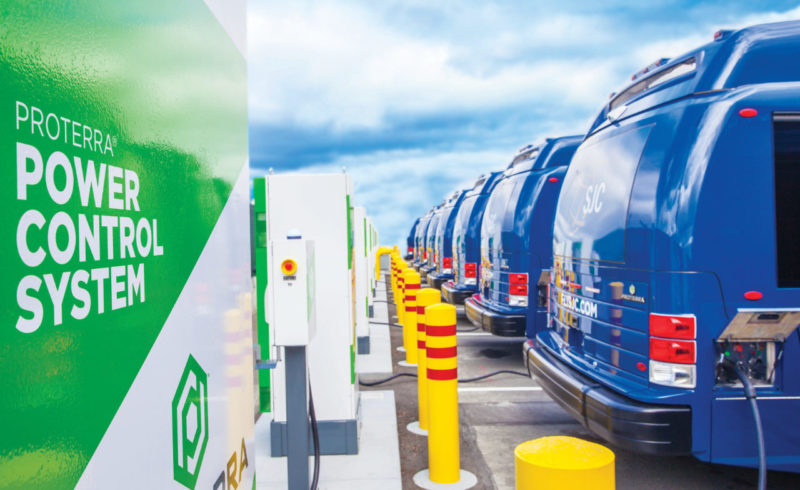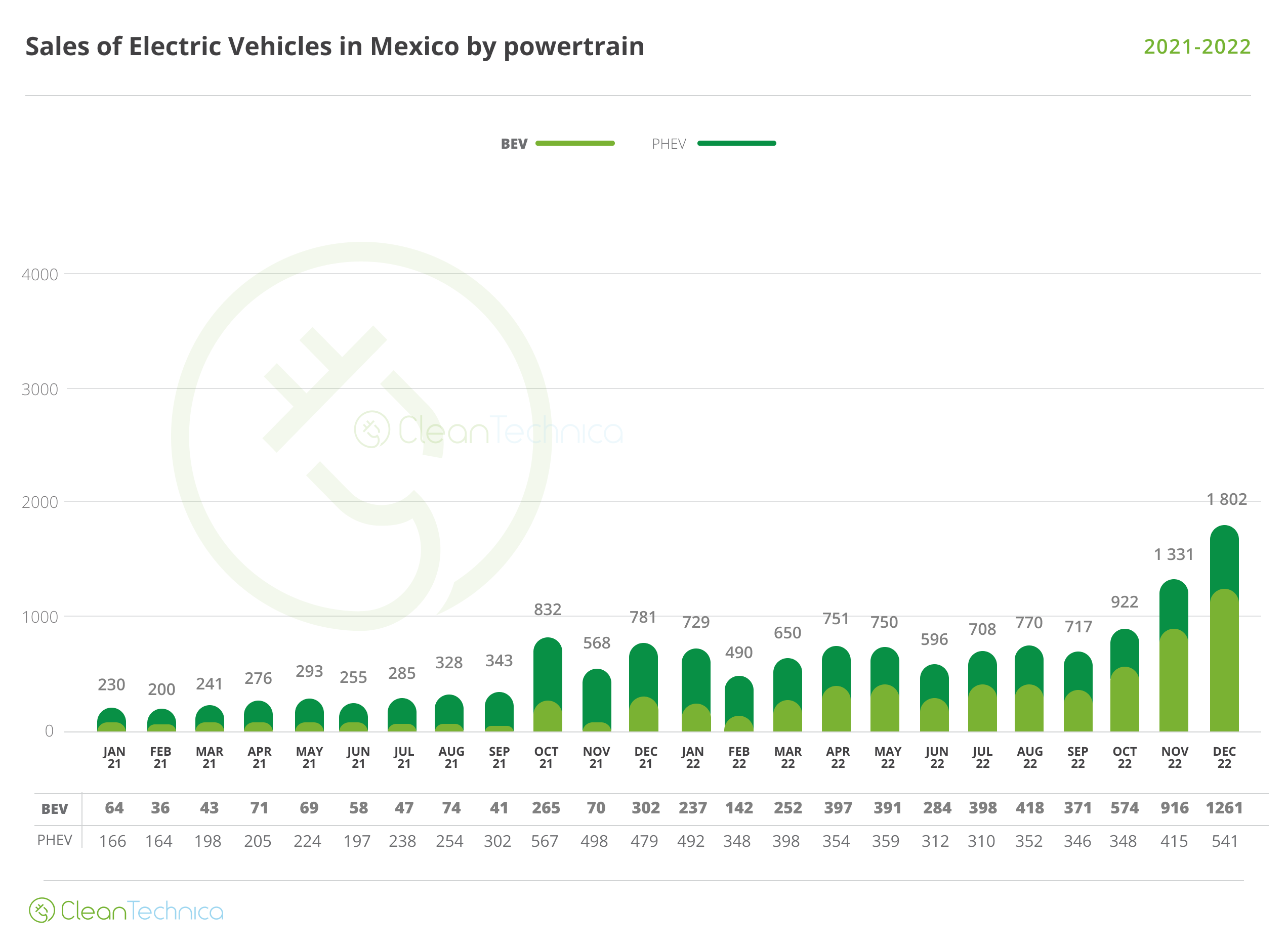Sign up for daily news updates from CleanTechnica on email. Or follow us on Google News!
The commercial vehicle industry is entering a new era. In a bid to curb planet-warming emissions from the heaviest-emitting vehicles on American roads, the United States has committed to 100% zero-emissions medium- and heavy-duty truck sales by 2040. But fleet owners and operators face a pressing question: Can zero-emissions alternatives, like battery-electric and hydrogen-fueled trucks, accomplish the same work as their diesel-powered fleets?
To answer this question and provide customized recommendations and analysis for commercial fleets, the National Renewable Energy Laboratory (NREL) has released a new web-based data platform called Fleet Research, Energy Data, and Insights (FleetREDI).
Driving Decarbonization With Data
FleetREDI is a secure online portal designed to give industry and government partners access to high-resolution, anonymized commercial vehicle data.
NREL built the platform because of a great need: to unite thousands of disparate commercial vehicle data sources into one integrated, anonymized, publicly accessible tool, said NREL’s Alicia Birky, the project’s principal investigator.
While there are compelling reasons for manufacturers to design zero-emissions commercial vehicles—and for fleet owners and operators to adopt them—there are many unknowns, too, she explained.
“Vehicle manufacturers need to thoroughly understand how commercial vehicles are being used—where they drive, how much they haul, and when they stop—to design effective products,” Birky said. “And fleet owners and operators need to understand which products are the best fit for their purposes.”
That is where FleetREDI comes in. Under the hood of its public-facing dashboard are billions of data points spanning the macro, like data on national trends, to the micro: individual vehicle movement data collected by dataloggers and connected devices.
The dashboard, which is updated weekly, allows users to examine the duty cycles of vehicles by weight class and use case, download graphs and data of summary statistics, and request further analysis to determine if fleets can be powered by battery-electric alternatives. In this way, FleetREDI can provide the critical insights required for trucking fleets, researchers, and decision makers to begin the transition to clean, energy-efficient trucking.
But the project began with almost no data access at all, Birky said.
“Data is foundational to pushing forward decarbonization and energy conservation in the commercial vehicle space. But when we began this project, there was almost no rich, high-resolution, actionable data to be had,” she said—largely because so much commercial vehicle data is privately owned and business sensitive. What was available was fragmented.
With funding from the U.S. Department of Energy’s (DOE’s) Office of Energy Efficiency and Renewable Energy, Birky convened a team of NREL vehicle and data analysts to create an inventory of every major source of commercial vehicle data nationwide. This included data from NREL’s flagship Fleet DNA tool, which serves as DOE’s largest body of real-world, in-use, high-resolution vehicle data, as well as outputs from dataloggers and telematics providers. Then, the team created a novel classification system that allowed them to harmonize billions of data entries, all with different structures, into one searchable tool.
This inventory process also allowed the team to identify major gaps in commercial vehicle data, which they are now seeking to fill.
“Diesel trucks have served as a ‘one-size-fits-many’ solution for a long time,” Birky said. “Now, in response to national clean-energy goals, there are a lot of questions. Manufacturers need to know what kinds of vehicles to build to fill the needs of the market. Fleet owners need to know if zero-emissions vehicles can meet their range and duty cycle requirements. These are all questions that require data.”
Birky continued, “We built FleetREDI to answer those questions: to see how, and where, and when the sector can implement decarbonization solutions.”
FleetREDI is the right tool for the job because it allows fleet owners to contribute their own vehicle data to a publicly accessible tool without revealing proprietary information, said Andrew Kotz, an NREL commercial vehicle technologies researcher who worked on the project.
“Manufacturers often capture data on their existing vehicles and use it to inform their next vehicles. That data could be very useful to a lot of different stakeholders—but it’s proprietary,” Kotz said. “FleetREDI securely holds clean, anonymized data that can’t be reverse engineered, but that can be used to inform fleet decarbonization efforts.”
For instance, Kotz explained, FleetREDI can mesh comprehensive macro data from public agencies with vehicle-specific data provided by fleet owners to answer critical questions—like the amount of energy needed for an electric vehicle to complete a delivery route compared to a conventional vehicle. This information is useful not just for the fleet that provided the data but also for operators with similar fleets and similar questions and for manufacturers looking to design vehicles for them.
“Our vision,” Kotz explained, “is for FleetREDI to help break down barriers to technology adoption and inspire decarbonization across fleets.”
Moving Zero-Emissions Commercial Vehicles Into the Fast Lane
The majority of electric vehicles on the roads are passenger vehicles — sedans and SUVs. But in many cases, battery-electric trucks are well suited for the work of commercial vehicles. Delivery vans, transit buses, school buses, and refuse trucks often travel predictable, established routes, making it easy to determine what size battery pack could provide enough energy for their operations. They often park for long stretches or overnight, providing perfect opportunities to charge. With no need for oil changes, transmissions, spark plugs, or fuel pumps, electric vehicles require far less maintenance than conventional trucks. And with their high efficiency, they can save fleet operators thousands of dollars a year in fuel costs.
All of these factors can contribute to a lower total cost of ownership over the course of a battery-electric truck’s life. Electric trucks also keep residential streets free from tailpipe pollution, which is a major cause of asthma, lung cancer, and heart disease—especially within historically disadvantaged communities located near freight corridors, ports, and transit stops.
Yet potential adopters face significant hurdles when deploying zero-emissions vehicles. While there are compelling reasons for manufacturers, fleet owners and operators, and government partners to transition to zero-emissions fleets, they need data-driven insights and expert guidance to determine how, when, and where to begin the transition.
“FleetREDI can help manufacturers make actionable decisions on how they design vehicles. It can help fleet owners make decisions on how they implement vehicles. And it helps determine where energy-efficient technologies make sense,” Kotz said. “With the right data, you’ll know if it’s possible for zero-emissions vehicles to accomplish the same work as conventional trucks, with all the benefits of zero-emissions alternatives.”
To anonymously contribute your fleet’s data, contact FleetREDI@nrel.gov. Learn more about NREL’s sustainable transportation and mobility research and its specific focus on commercial vehicle decarbonization. And sign up for NREL’s quarterly transportation and mobility research newsletter, Sustainable Mobility Matters, to stay current on the latest news.
By Anna Squires, article courtesy of NREL.
Have a tip for CleanTechnica? Want to advertise? Want to suggest a guest for our CleanTech Talk podcast? Contact us here.
EV Obsession Daily!
I don’t like paywalls. You don’t like paywalls. Who likes paywalls? Here at CleanTechnica, we implemented a limited paywall for a while, but it always felt wrong — and it was always tough to decide what we should put behind there. In theory, your most exclusive and best content goes behind a paywall. But then fewer people read it!! So, we’ve decided to completely nix paywalls here at CleanTechnica. But…
Thank you!
Tesla Sales in 2023, 2024, and 2030
CleanTechnica uses affiliate links. See our policy here.





